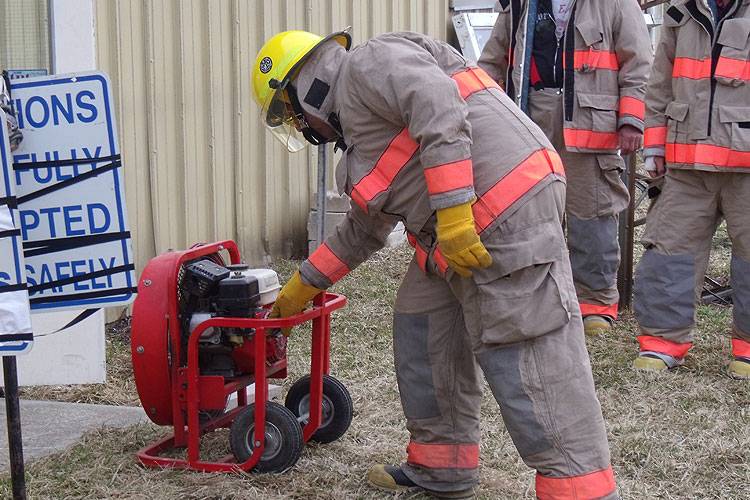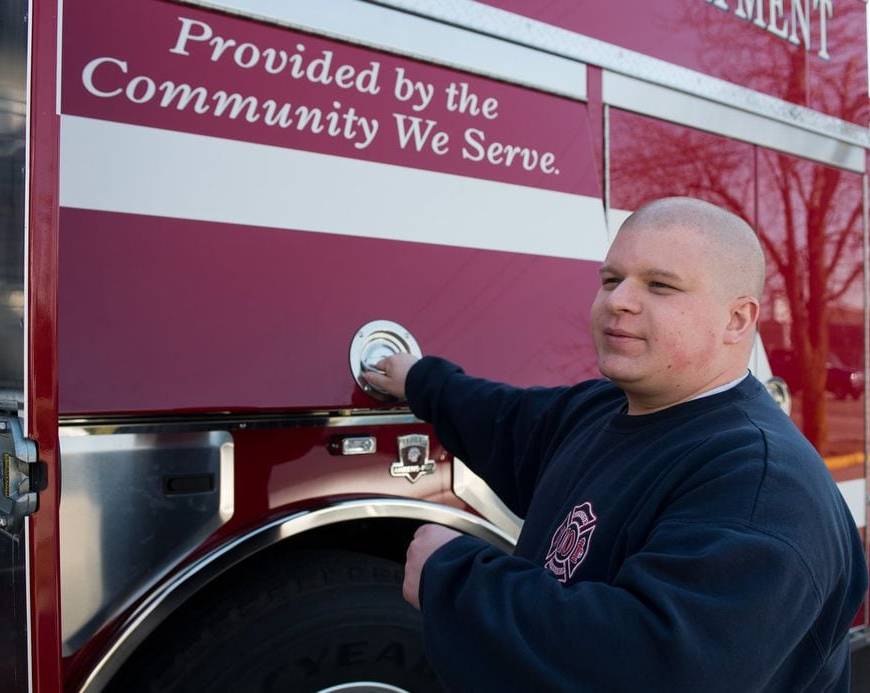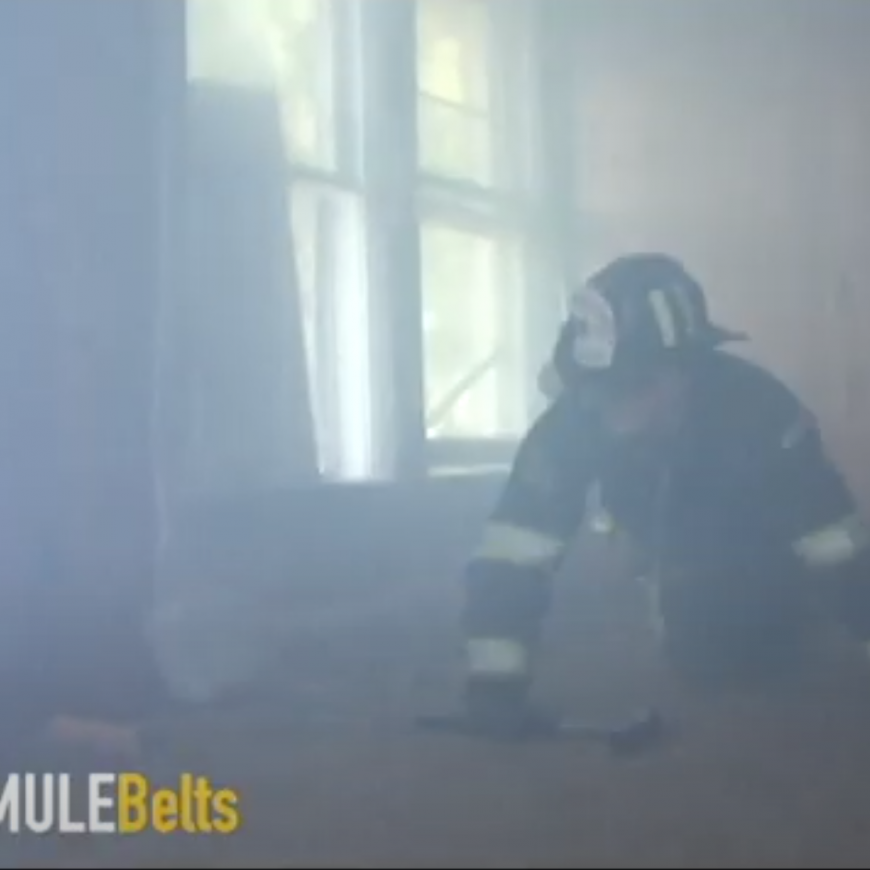Truck Company Ops: Horizontal Ventilation
By Mark van der Feyst
In our last few articles, we have looked at vertical ventilation and how it benefits firefighters when it comes to fireground operations and tactics. We also examined how to make a louvered cut, which is the most common cut made today whenever we are on the roof ventilating. As mentioned previously, we cannot always make it to the roof. This is usually because of safety concerns about potential roof collapse because of the progress of the fire in relation to the structure. Venting vertically is not the only choice we have; we can also use horizontal ventilation.
The purpose of horizontal ventilation is the same as vertical in that we are removing heat, unburned gas, and smoke and replacing it with fresh air. The benefits of venting horizontally are as follows:
- Permits rapid advance of hoselines to the fire area
- We want interior attack crews to get to the fire quickly to suppress it; doing so will result with the problem being removed.
- Interior crews can move faster if they can see better. Removing smoke will increase their mobility and efforts.
- Reduces the danger of heat and smoke coming around the hoseline
- When water is expelled from a nozzle, it draws air from behind it. This will bring heat and smoke closer to the hose crew and surround them.
- Increased visibility on fire floor
- As crews are advancing, they can also see if there are any victims needing to be rescued and removed.
- The interior search teams can complete a primary search quicker.
- Advancing hose crews can see any hazards that may be present on the floor, such as holes, falling debris, stair openings, and so forth.
There are different ways to ventilate horizontally. One way is to vent as you go. This tactic is performed by either interior or exterior crews taking out windows and using natural air currents. For interior search crews, they can open or take out windows as they perform their primary search as long as it does not create a flow path or close doors to stop the flow path. For the exterior crews performing this task, they will take out the windows using pike poles, roof hooks, and ground ladders or aerial devices for access to upper stories as part of a coordinated effort.



